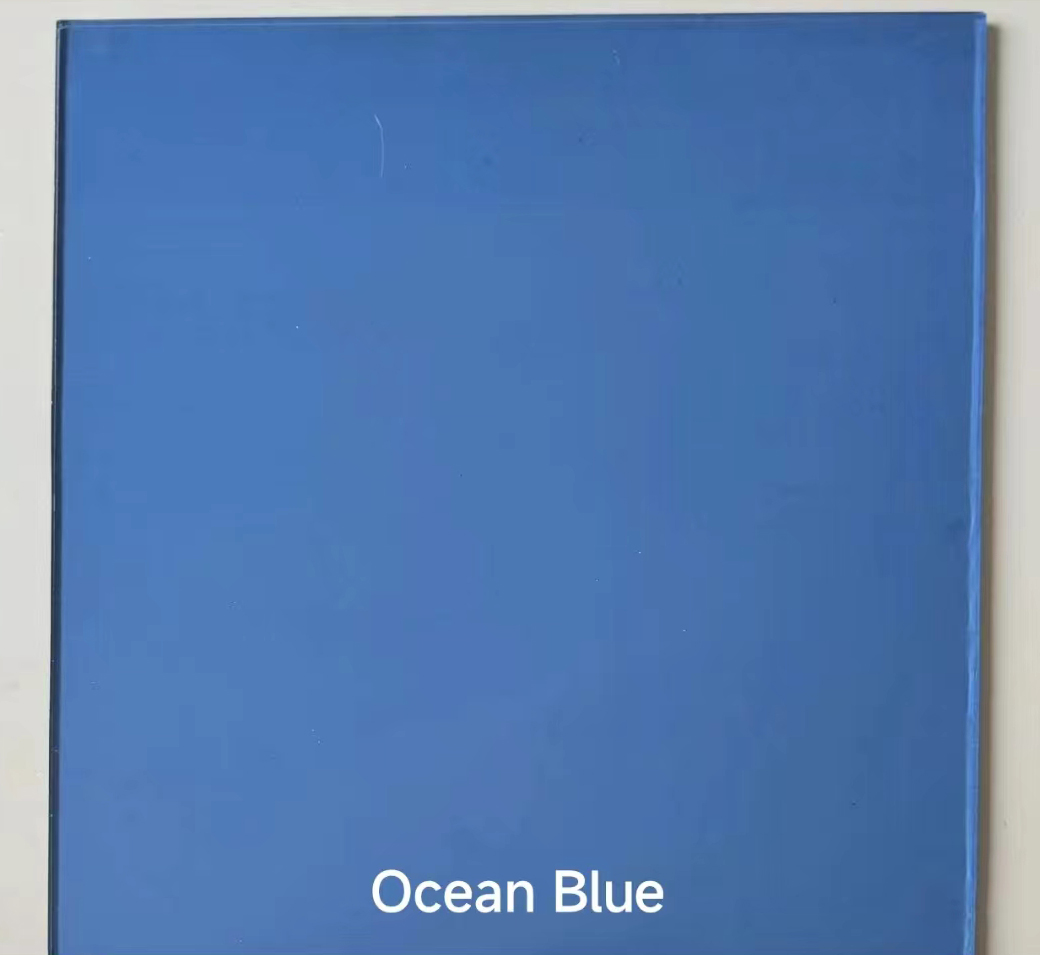

The Allure of Dark Blue Reflective Glass An Exploration of Aesthetic and Functional Excellence
In the realm of architectural design and modern aesthetics, materials play a pivotal role in creating spaces that are not only visually stunning but also functional. Among these materials, dark blue reflective glass has emerged as a formidable choice for architects and designers, captivating the senses and transforming the nature of contemporary structures. This article delves into the qualities, benefits, and applications of dark blue reflective glass, illustrating why it has become a sought-after element in modern constructions.
The Aesthetic Appeal
Dark blue reflective glass is characterized by its deep, rich hue and its ability to reflect light strikingly. This combination creates a dramatic visual impact that can elevate the aesthetics of any building or interior space. The dark blue tone adds a touch of sophistication and elegance, allowing structures to blend seamlessly with various environments while also standing out as distinctive landmarks.
When sunlight strikes the surface of dark blue reflective glass, it creates intricate patterns and reflections, harmonizing the building with its surroundings. This interaction with light can evoke a sense of tranquility akin to that of a serene ocean, further enhancing its appeal. Whether used in residential homes, commercial buildings, or public infrastructures, dark blue reflective glass can transform ordinary facades into extraordinary visual statements.
Functional Benefits
Beyond its aesthetic charm, dark blue reflective glass offers several functional benefits that make it a preferred choice among builders and architects. One of its most significant advantages is its exceptional thermal performance. The reflective properties of dark blue glass enable it to minimize solar heat gain, making buildings cooler in hot climates. This energy efficiency not only contributes to a more comfortable indoor environment but also reduces reliance on air conditioning systems, resulting in lower energy costs and a smaller carbon footprint.

Additionally, dark blue reflective glass provides a level of privacy without sacrificing natural light. The reflective quality ensures that views from outside are obscured, while still allowing ample daylight to filter through. This feature makes it an attractive option for offices, hotels, and residential spaces alike, as it strikes a balance between openness and seclusion.
Versatile Applications
The versatility of dark blue reflective glass means that it can be utilized in various applications ranging from commercial skyscrapers to intimate residential settings. In urban landscapes, high-rise buildings adorned with this unique glass can create a striking skyline, reflecting both the bustling activity below and the beauty of the sky above.
In residential designs, dark blue reflective glass can be employed in windows, balconies, and even as facade cladding, blending functionality with elegance. The use of this glass in interior design, such as in glass partitions or decorative panels, can also create a luxurious ambiance, allowing designers to craft spaces that feel both expansive and intimate.
Furthermore, the glass is increasingly being used in a variety of architectural styles, from contemporary to traditional. Its ability to adapt to diverse designs makes it a valuable asset for any project aiming for modern sophistication.
Conclusion
In summary, dark blue reflective glass is more than just a material; it is an embodiment of modern design principles that prioritize aesthetics, functionality, and sustainability. Its captivating appearance, combined with energy-efficient properties and privacy features, make it an excellent choice for a wide range of applications. As architects and designers continue to push the boundaries of what is possible in building design, dark blue reflective glass is set to remain at the forefront, redefining our environments and creating beautiful spaces that inspire awe. The allure of this material lies not only in its appearance but also in its ability to enhance the quality of our built environment, making it an essential component of contemporary architecture.